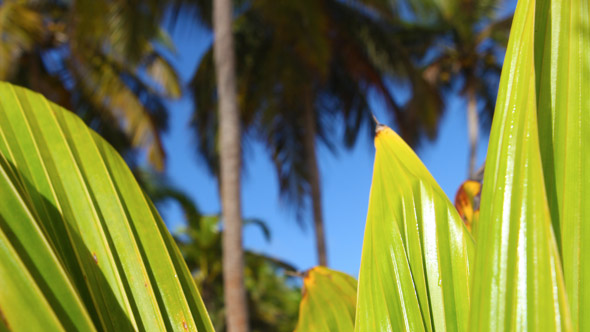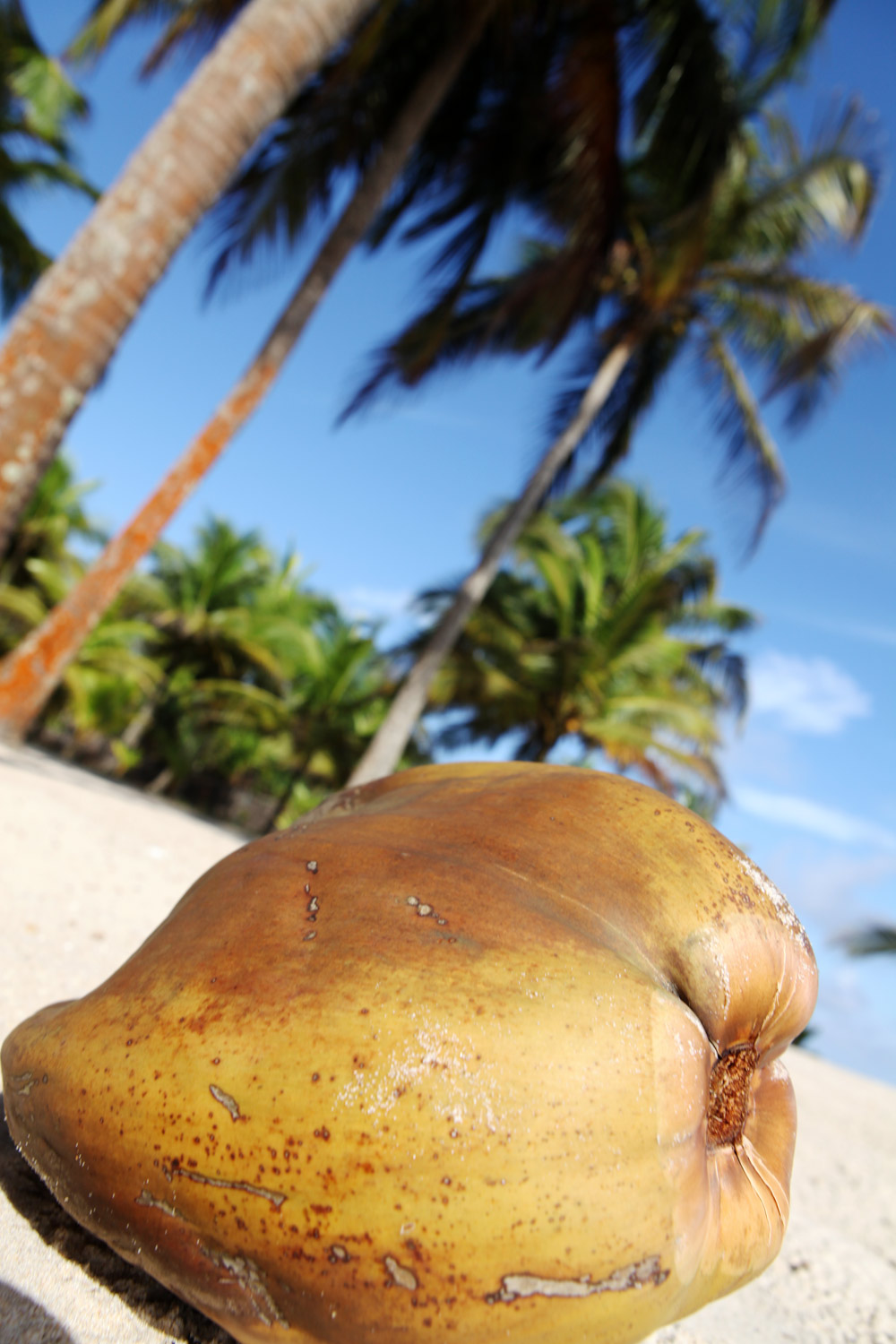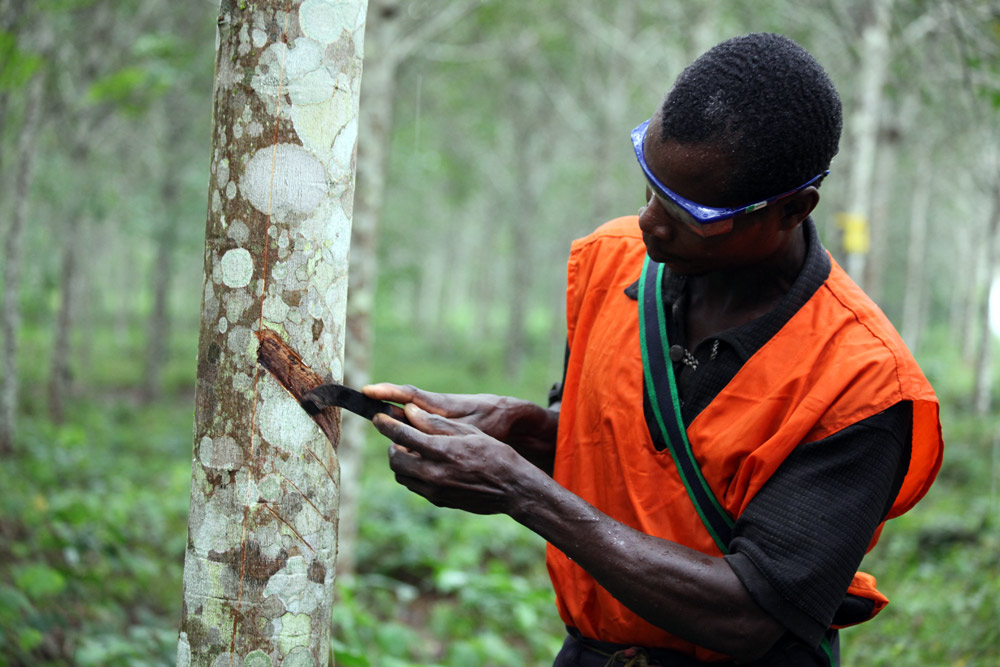Agriculture in Côte d’Ivoire: The National Agricultural Investment Program
The new government of Alassane Ouatarra has established a new approach to agriculture in Côte d’Ivoire called the National Agriculture Investment Program (NAIP). Its goals, according to Mamadou Sangafowa Coulibaly, Côte d’Ivoire’s Minister of Agriculture, are to achieve national food sufficiency, and to increase the agricultural industry’s growth to 8.9%.

Agriculture in Côte d’Ivoire: The National Agricultural Investment Program
Its goals, according to Mamadou Sangafowa Coulibaly, Côte d’Ivoire’s Minister of Agriculture, are to achieve national food sufficiency, and to increase the agricultural industry’s growth to 8.9%.
The new government of Alassane Ouatrra has established a new approach to agriculture in Côte d’Ivoire called the National Agriculture Investment Program (NAIP). Its goals, according to Mamadou Sangafowa Coulibaly, Côte d’Ivoire’s Minister of Agriculture, are to achieve national food sufficiency, and to increase the agricultural industry’s growth to 8.9%.
Coulibaly explains the developments that have led to this program:
“Ivorian agriculture went through three major phases: [First,] there was a growth phase after independence that was due to a political decision to base the economic development on the agricultural industry. This phase lasted until 1980s. The agricultural boom that followed after the independence helped to develop infrastructures and the economy in general. [Second,] every period of boom is followed by a period of bust. Côte d’Ivoire is no exception, and therefore the second period from the 1980s to the 1990s is known as the bust or crisis period. After this, we had to restructure the industry… [because of the state’s withdrawal of funding]. Since then, the agriculture industry has not had the resources to pursue sustainable growth. [Hence, the third phase:] “The national agricultural investment program emanates from this inability and lack of resources. The goal is simple; to revive the agricultural industry in a sustainable manner.”
“The purpose of the National Agricultural Investment Program,” Coulibaly says, is to “bring growth to the industry, [which will then have] a positive effect on the growth of the economy in general.”
In terms of the impact on the economy, Coulibaly explains, “this is an industry that provides two-thirds of the total employment of Côte d’Ivoire … The NAIP is an important “tool to fight poverty,” and is therefore as “essential as the agriculture itself.”
But it shall require substantial financing:
“at least 10% of public resources, and additional external resources.” According to Coulibaly, “The national investment program amounts to about a billion dollars over the next five years.”
This is a substantial change in funding priorities, though it is really the goal to return to the funding priorities of the first phase of development mentioned above, when agricultural development was nurtured by the government.
Coulibaly explains that, in the first phase after independence in 1960, when there was a “massive development and growth of the industry,” there was very high state funding for agricultural development. For example, he points out, in 1981, the state’s investment in agriculture “was 25% of the national budget. But in 2007, it was [only] 1.7%.“
In addition to the economic benefits for agriculture, there is the expectation that the NAIP will not only “stimulate the growth of nearly 9%, but will also fight effectively against poverty.” Thus, for both sound economic and agricultural reasons, as well as important political and social reasons, Coulibaly sys that it is “important to mention that three out of four people who escape poverty in Côte d’Ivoire do so thanks to the agricultural industry.”
Bertrand Vignes, CEO of SIFCA, brings out another important dimension of the NAIP’s goal of supporting the development of agriculture:
Cote d’Ivoire is not only the largest producer of cocoa and other unprocessed food exports, it is also an important producer of other strategic commodities, such as rubber, and palm oil. Many non-agricultural (i.e., industrial) jobs can be created in those fields.
“Therefore,” for all these reasons, Coulibaly says, it is “the ambition of this government…to put agriculture back again at the center of economic development.”
How does this translate into reality? Coulibaly says that: “The budget dedicated to agricultural development will grow from 1.7% to 10% and later to 15%.”
The two major vectors of this increased investment into the agricultural sector will go toward increasing both first-stage productivity (i.e., increasing crop yield), as well as second-stage productivity (i.e., increasing the processing capabilities of the industry).
Regarding the latter, Coulibaly sees a double economic advantage: For, “while it is true that Côte d’Ivoire produces the unprocessed commodities, they are transformed elsewhere and then re-exported back to Côte d’Ivoire.” But by increasing processing locally, this wasteful cycle can become more economically advantageous:
For example, the coffee/cocoa sector, Côte d’Ivoire is now at 35% of the first-stage processing of our local products. Nonetheless the target by 2015 is to achieve at least 50% of the processing. This will not only create jobs but also add value. The cashew nut sector, however, which has seen a rapid development over the past twenty years, has a very low rate of processing.
Less than 2% of raw cashew nuts are processed locally. We are the largest African producer of raw nuts today; we are the top worldwide exporter of raw nuts … We still have room for local processing of our products.
So, says Coulibaly, it is also the government’s goal “to develop processing industries that can export … . Our strategy is to promote small processing plants that will export in the sub-region capitalizing on a free access to more than 200 million consumers. I think it could help develop the local industry.”
This brings us to one of Côte d’Ivoire’s most important agencies for the achievement of its agricultural goals: Le Centre national de recherché agronomique (CNRA), or, as it is known in English, the National Center for Agricultural Research.